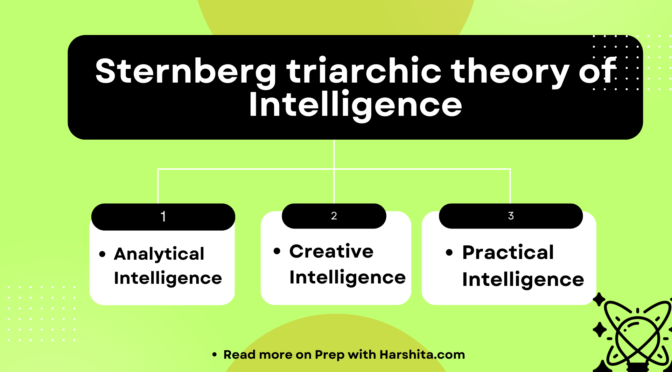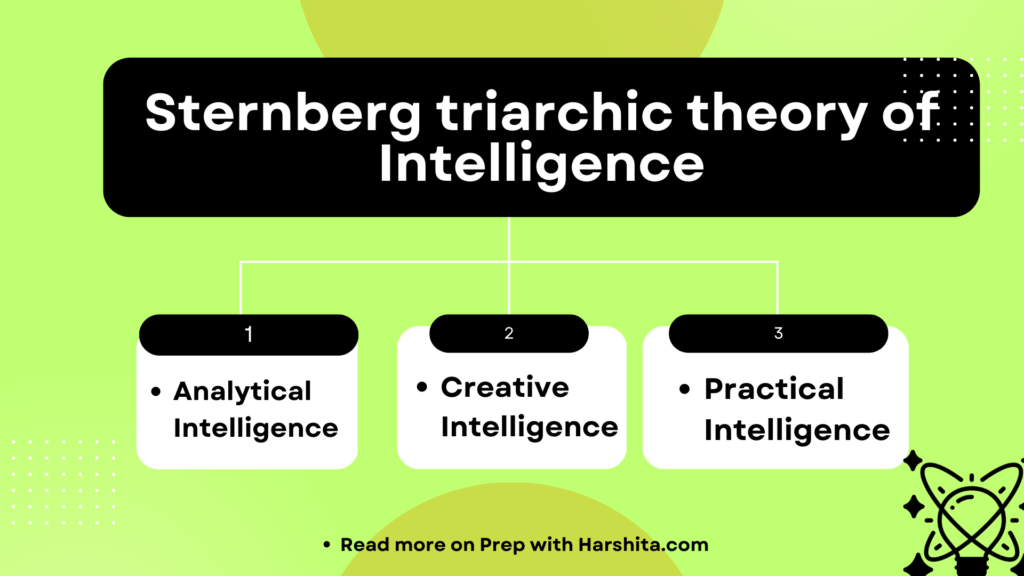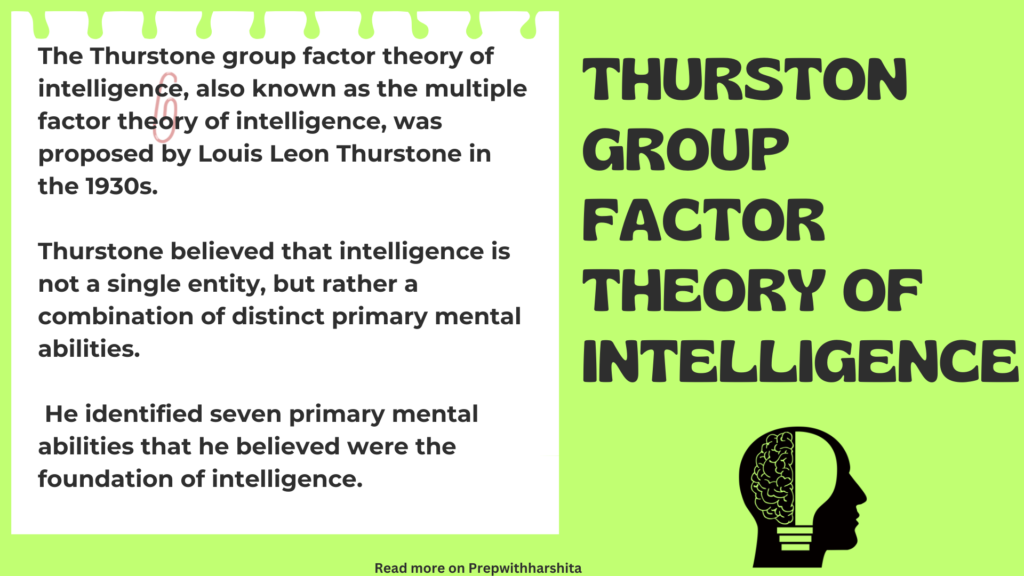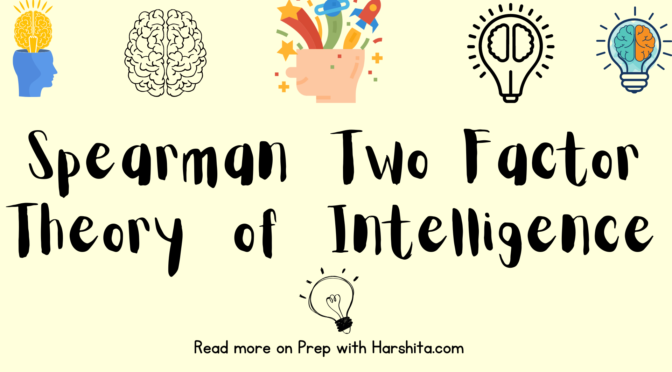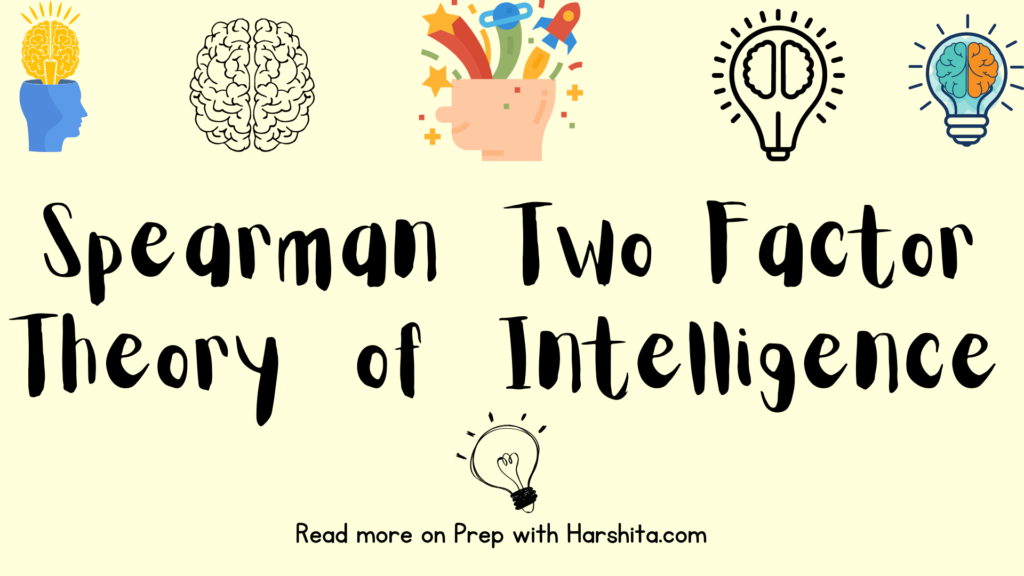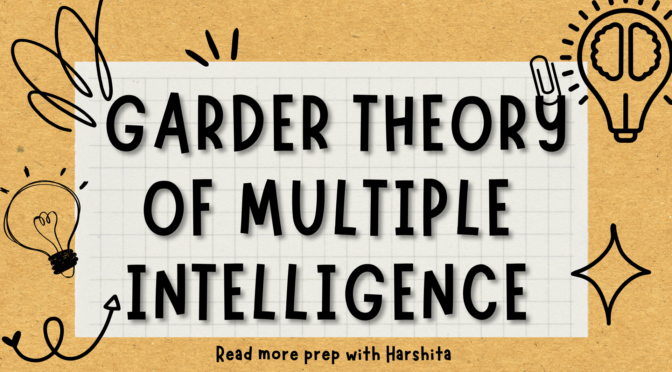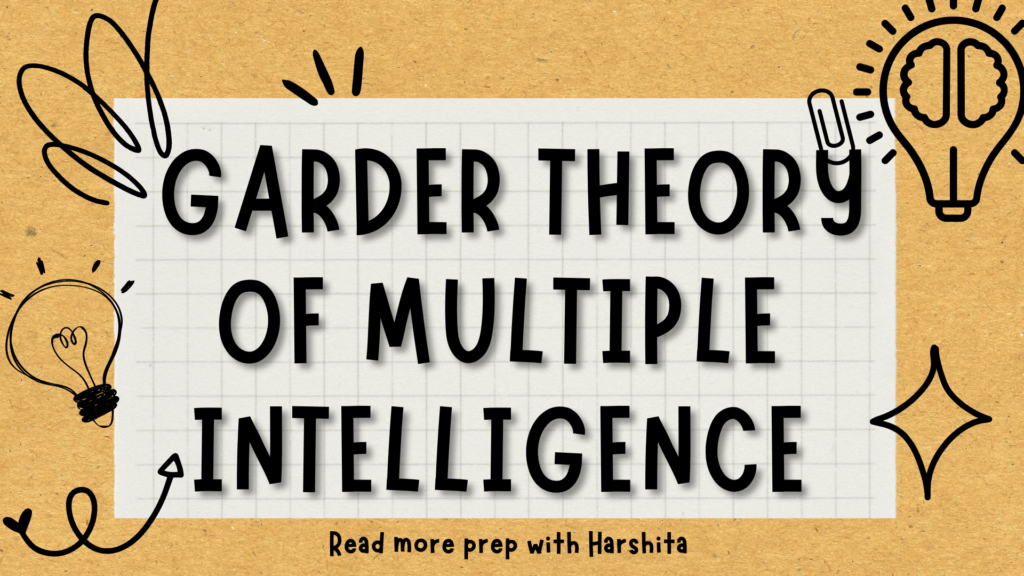The Binet-Simon Intelligence Test, also known as the Binet Test, was developed by French psychologists Alfred Binet and Theodore Simon in the early 20th century. The purpose of the test was to identify children who were at risk of struggling in school and who might benefit from special education services. The Binet Test was the first widely used standardized intelligence test, and it paved the way for the development of intelligence testing as we know it today.
Components of Binet Simon Intelligence Test
The Binet Test consists of a series of tasks and questions that measure a child’s ability to perform cognitive tasks, such as reasoning, problem-solving, and comprehension. The test is designed to measure a child’s mental age, which is the age at which a child is performing intellectually, relative to their actual chronological age. For example, a child who is 8 years old but performs at the level of a typical 10-year-old would have a mental age of 10.
The Binet Test includes a range of tasks that assess a child’s ability to reason, understand language, solve problems, and remember information. The tasks become progressively more difficult as the child progresses through the test. The original Binet Test included tasks such as naming objects, repeating sentences, solving arithmetic problems, and understanding analogies. The test was revised several times throughout the early 20th century, with each revision improving the test’s validity and reliability.
The most famous revision of the Binet Test was the Stanford-Binet Intelligence Scale, developed by Lewis Terman in the United States in 1916. The Stanford-Binet test expanded the age range of the test to include adults and included additional tasks and questions that assessed a wider range of abilities. The test included tasks such as vocabulary, comprehension, quantitative reasoning, and nonverbal reasoning.
Today, the Binet Test is no longer widely used in its original form, as there are newer and more comprehensive intelligence tests available. However, the Binet Test paved the way for the development of standardized intelligence testing and continues to be influential in the field of psychology. The test has been used to identify children who might benefit from special education services and to assess intellectual disability, among other applications.
Also Read : Spearman two factor theory

Also Read : Prep with Harshita


